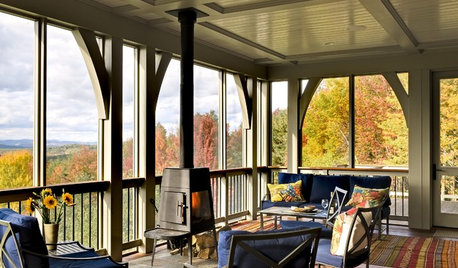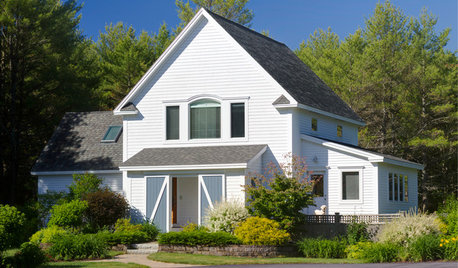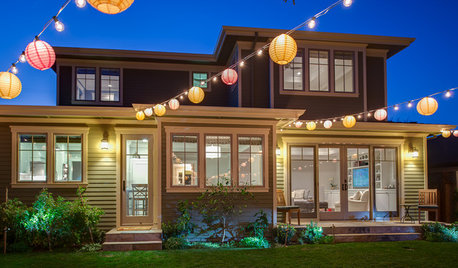Hello market farmers,
We started business 12 years ago. The first year we grossed $5000 something and that jumped to the high twenty thousands the second year. Over the succeeding years we have never been able to reach $30,000 even though we have worked harder, smarter, longer hours, invested thousands in capital improvements and maintained a subscription to "Growing for Market" and the quality of our product has continually improved.
Well, what seems to be the matter here? In a word, I would say "globalization". In the early years, on a Saturday morning, we'd stuff 30 buckets of flowers in our market van [5 bunches to the bucket] and on many Saturdays we'd bring down more in a smaller van. Today, we're lucky to sell 10 buckets at the very same market and still sell most of them for the same price--$6. We've had to expand our sales by growing plants, and some vegetables too. Expenses have leaped. Market rent has doubled from $80 a month to $160. We are now required to have $1,000,000 small business insurance policy with a [nearly] $600 annual premium.
Many have written enthusiastically about the expanding opportunities for farmers to sell directly to consumers at farmers markets and the greatly expanded numbers of markets and annual sales by them. But this is not confirmed by our experience here in the Central Valley of California--the heartland of California agriculture. The experience of other growers at different locations--particularly in the larger cities-- may be different. But what I'm telling you here would be confirmed by most of the local growers here.
Indeed, new markets have opened but, for the most part, they have pulled lots of the business away from existing markets. This has required many of us here near Fresno, California, to sell at 3 or even 4 markets per week to match the sales we formerly enjoyed from 2.
And the return to labor? Let's see . . . three full-time workers [unpaid family, of course] each working 2000 hours a year . . . comes out to 6,000 hours. Gross sales of $24,000 less $12,000 in expenses equals a net of $12,000 or a $2 an hour return to labor. Good thing it's hard for us to distinguish working and having fun.
Indeed, we've learned to love poverty. It has lots of advantages. My kids got free lunches in grade school and now that they are in college they are eligible for grants. Our electric bill is discounted substantially by a California program. [We pump a lot of water during our hot, rainless summers.] Also, no need to pay income taxes that support the questionable ethical practices of government. If we wished, we could qualify for a number of programs set up to assist the poor and these amount to a kind of safety net that those with somewhat higher incomes would be ineligible to enjoy.
And please be sure that I'm not complaining. During this same period, tens of thousands of small farms have bitten the dust. This in accordance with a trend that has gone on since the dawn of agriculture 10,000 years ago. Thousands of farmers have slaved all year only to get deeper in debt and, in the end, loose their farms. Ours is now paid for.
And as far as our $2 an hour return to labor is concerned, we spend a lot of time following our hearts and doing projects and "research" that doesn't immediately pay off at the market but greatly enhances our way of life, well-being and security. Some of our expenses reflect this too.
And we are glad to share our experience with no-tractor, no-tillage, permanent mulch growing with all who may be interested. We do this by maintaining a website at http://www.wholesystemsag.org and invite you to take a look and see if there is anything that might be helpful.













flowermanoatOriginal Author
loodean
Related Discussions
my market garden facts 2008
Q
Starting a market garden
Q
Getting started in Market Gardening
Q
Your First Year of Market Gardening
Q
anniew